Wednesday marks 30th anniversary of deadly plane crash in Widefield Park
EL PASO COUNTY, Colo. (KRDO) -- History records it as United Airlines Flight 585, the passenger jet that crashed in Widefield Park on March 3, 1991 and killed all 25 people aboard.
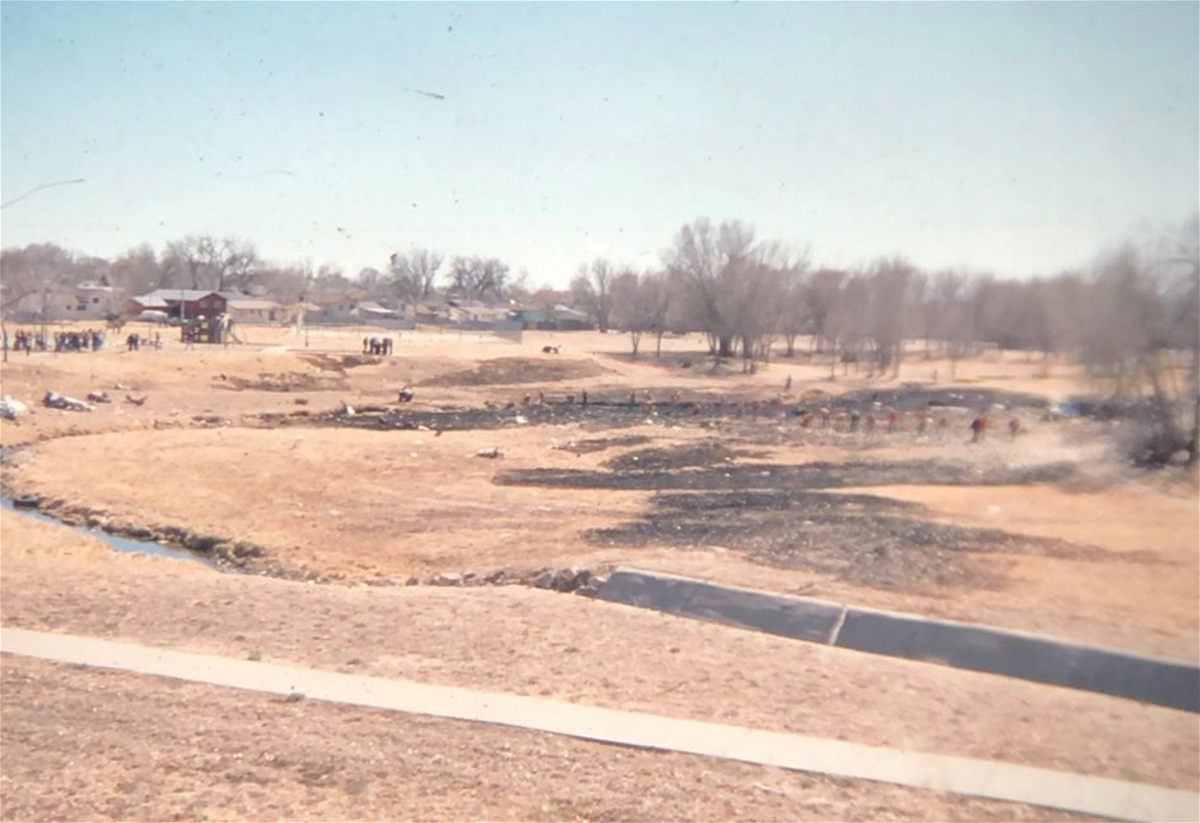
On Wednesday, a steady stream of visitors went to a memorial established to remember the 20 passengers and five-member crew who died, with a bouquet of flowers placed under the plaque of the victims' names -- at least four of whom were from Colorado Springs.
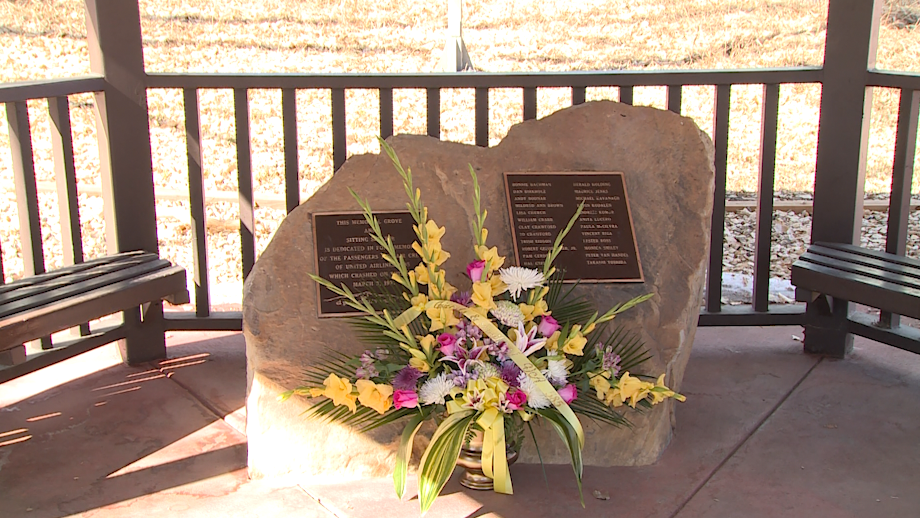
The scar left by the crash on the park grounds has since healed, but many people have never forgotten the scope of the tragedy -- especially residents of what was then the Kokomo neighborhood bordering the park.
"I was 12 years old when it happened," said Rocky Armijo, who still lives in the area and was at the park Wednesday. "We heard a loud boom, like an explosion. We saw the smoke plume. My parents wouldn't let me go to see the crash scene. But we talked about it in school. We still talk about it today."

The flight departed from then-Stapleton International Airport and was scheduled to arrive at the then-Colorado Springs Municipal Airport at 9:45 a.m., a Sunday morning.
According to the National Transportation Safety Board, the plane was on final approach to the airport and no problems were reported by the pilot and co-pilot.
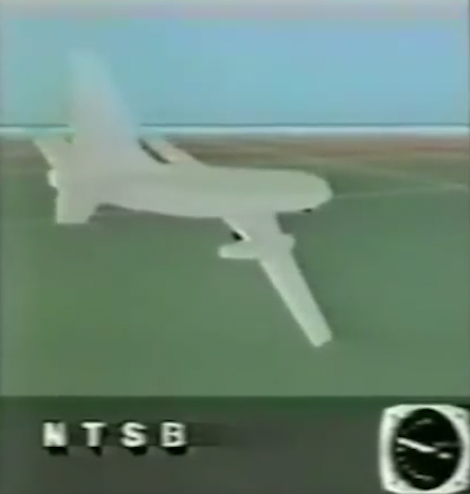
However, that suddenly changed when the plane banked sharply to the right and dove nose down into the park, generating a large fireball and leaving much of the debris and the victims' remains unrecognizable.
T.J. Smith was walking his dog in the park Wednesday and said that he was one of the first people to go to the scene.
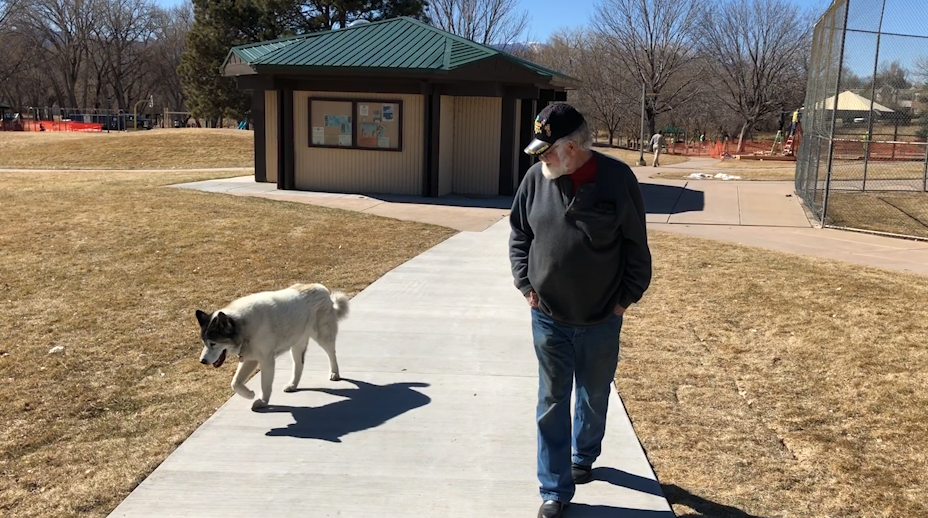
"There were parts of the plane and parts of (bodies) all over the place," he said. "What disturbed me the most, is that people started arriving and picking up things, pieces of debris, as if they were collecting souvenirs. I hollered at them to stop, but most of them didn't listen."
Smith said the plane crashed less than 200 feet from surrounding homes and apartments.
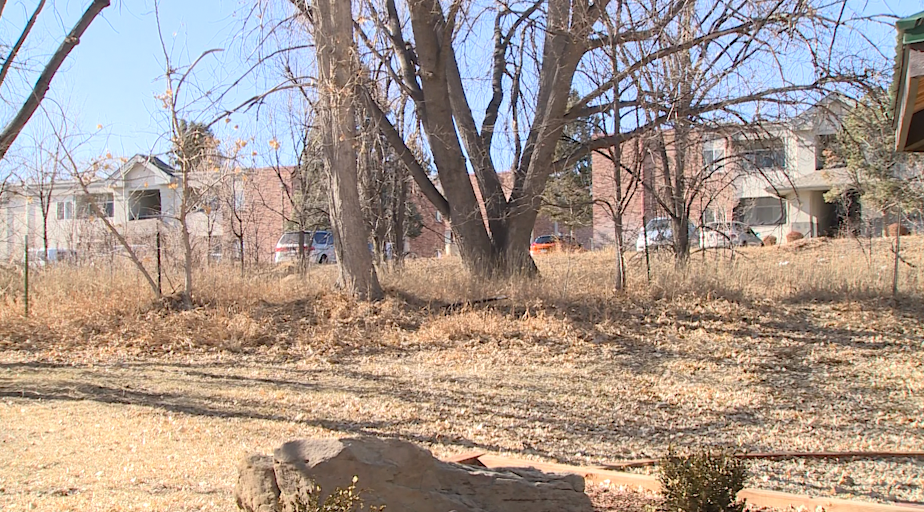
"Most people think that the pilots steered the plane to crash in the open area of the park," said Rick Broome, a retired United mechanic who worked on Boeing 737s like the one that crashed. "But they didn't have time. They had only seconds to react. The only way to get out of that predicament was to keep rolling the plane over, and they didn't have enough room (on the horizon) to do that."
Skee Hipszky, a member of El Paso County Search & Rescue, returned to the park Wednesday for the first time since he was there as a first responder at the crash scene.
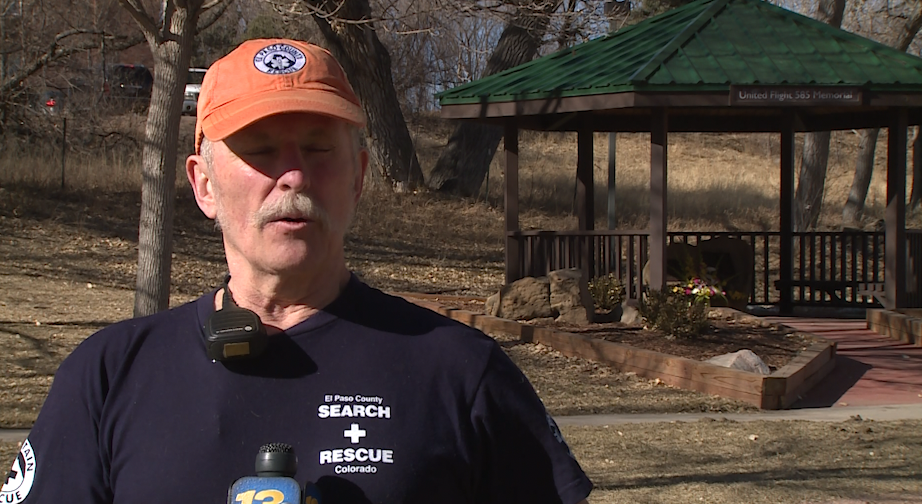
"Our job was to look for bodies, but we didn't see any," he said. "The crash was unusual in that the debris wasn't scattered over a large area. It was a very concentrated area. The plane just speared the ground. That's what really stands out to me. If the crash had happened later, there would have been more people in the park."
According to the NTSB, the plane crashed nearly four miles from the runway at a speed of 245 mph, subjecting the crew and passengers to four times the force of gravity -- with the pilots' last words of "Oh, my God," underlying the terror of the victims' final moments.
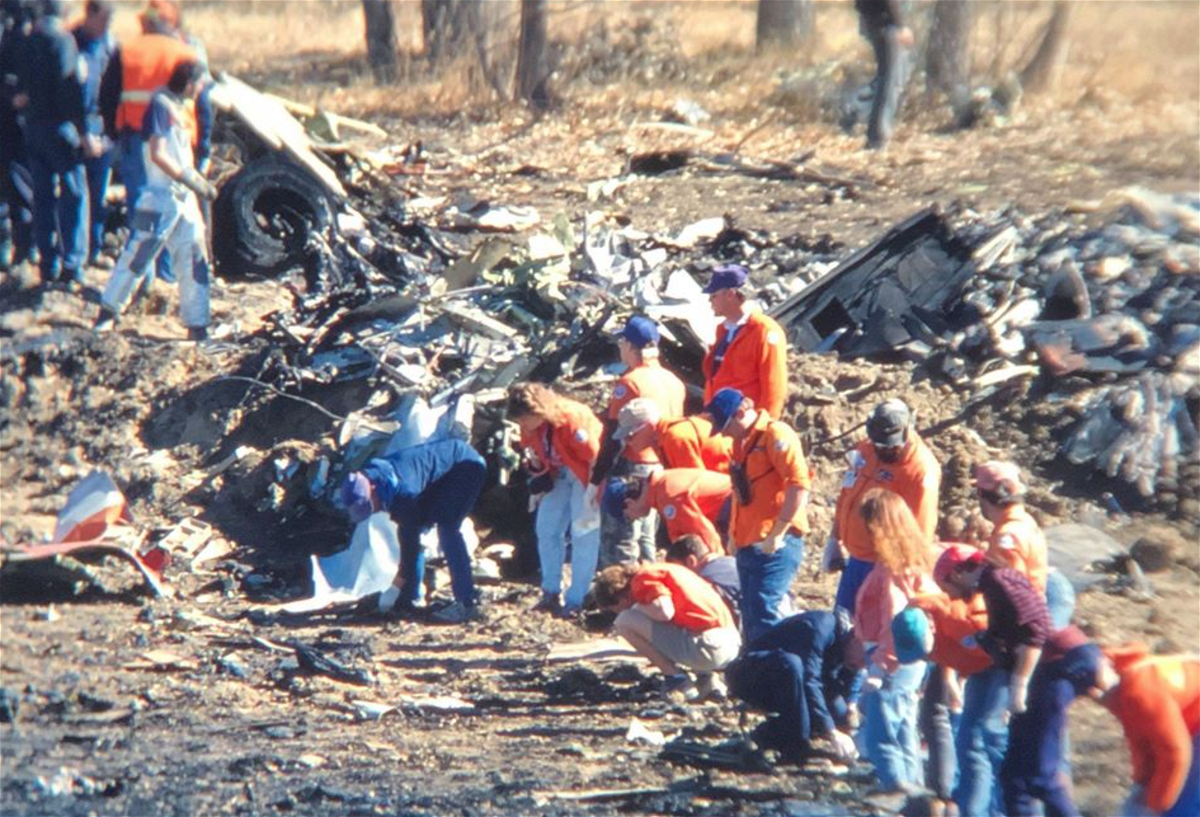
Hipszky said that he doesn't believe some witness reports that they could see the faces of passengers through the plane's windows just before impact.
"At that speed and with that much gravity, I can't see how anyone would have seen that," he said.
The NTSB's initial investigation lasted 21 months; Broome was part of the probe to determine what caused the malfunction.
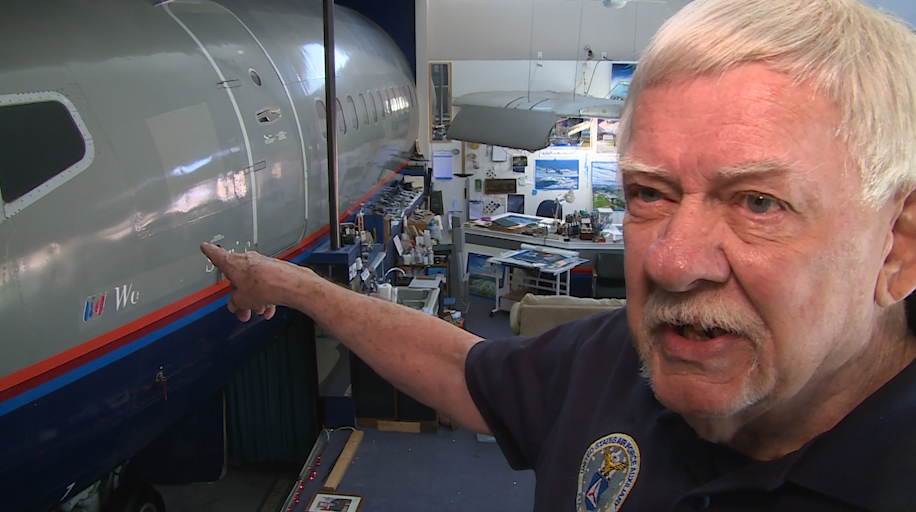
"I suspected it was a rudder hardover," he said. "I suspected that because I experienced the same thing on a 737 flight simulator. That's when the rudder (mechanism on an airplane's tail that helps steer it) goes in the opposite direction of where you want it to go. In this case, it just forced the plane into an uncontrollable dive in a matter of seconds."
Broome said that pilots didn't train to handle such a situation in 1991.
"They train for it now," he said. "And they fixed the problem so that it'll never happen again in a 737. The solution was a complete redesign of the rudder's power control unit.
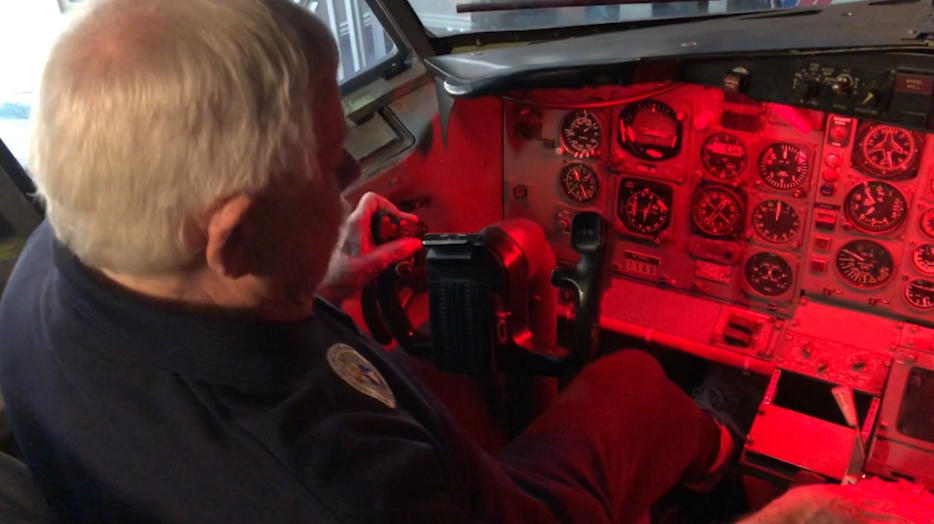
The weather also was windy that day, gusting to 40 mph, and Broome said that contributed to the pilots' dependence on the rudder.
However, the flight data recorder did not record certain data that would have given the NTSB a clearer picture of what caused the crash. As a result, the agency's first report in December 1992 -- for only the fourth time in the agency's history -- ruled the probable cause of the crash as undetermined.
But the NTSB later reopened the investigation in September 1994 after USAir Flight 427 crashed under similar conditions on approach to Pittsburgh International Airport, killing all 132 people on board.
"A rudder hardover is believed to have happened before (the Widefield crash) but it was never proven," Broome said. "No one knew what the cause was. It hadn't happened in flight."
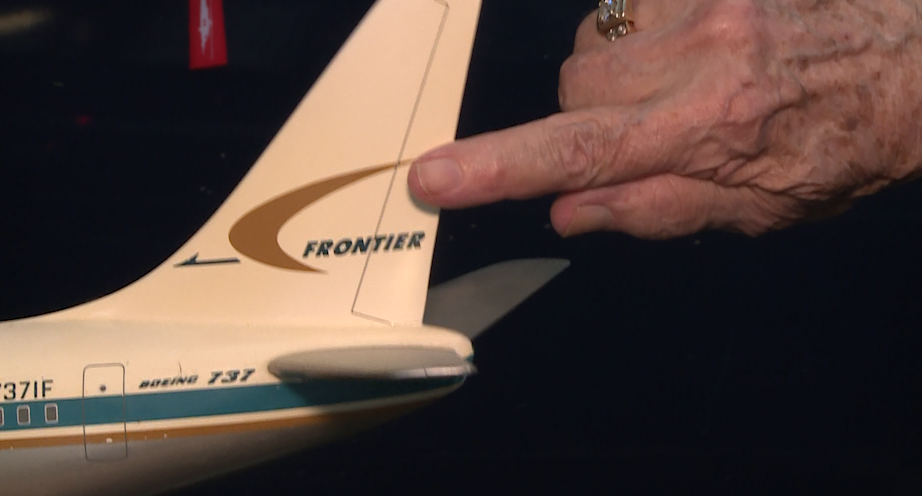
During the reopened investigation, the NTSB studied data from flights 585 and 427 -- along with a June 1996 nonfatal crash near Richmond, Virginia -- that the agency released a final report that the crash of Flight 585 was probably caused by a mechanical malfunction due to a rudder hardover that caused the plane to suddenly lose control.
"I knew four people on that flight," Broome said. "That's what hurts the most."
